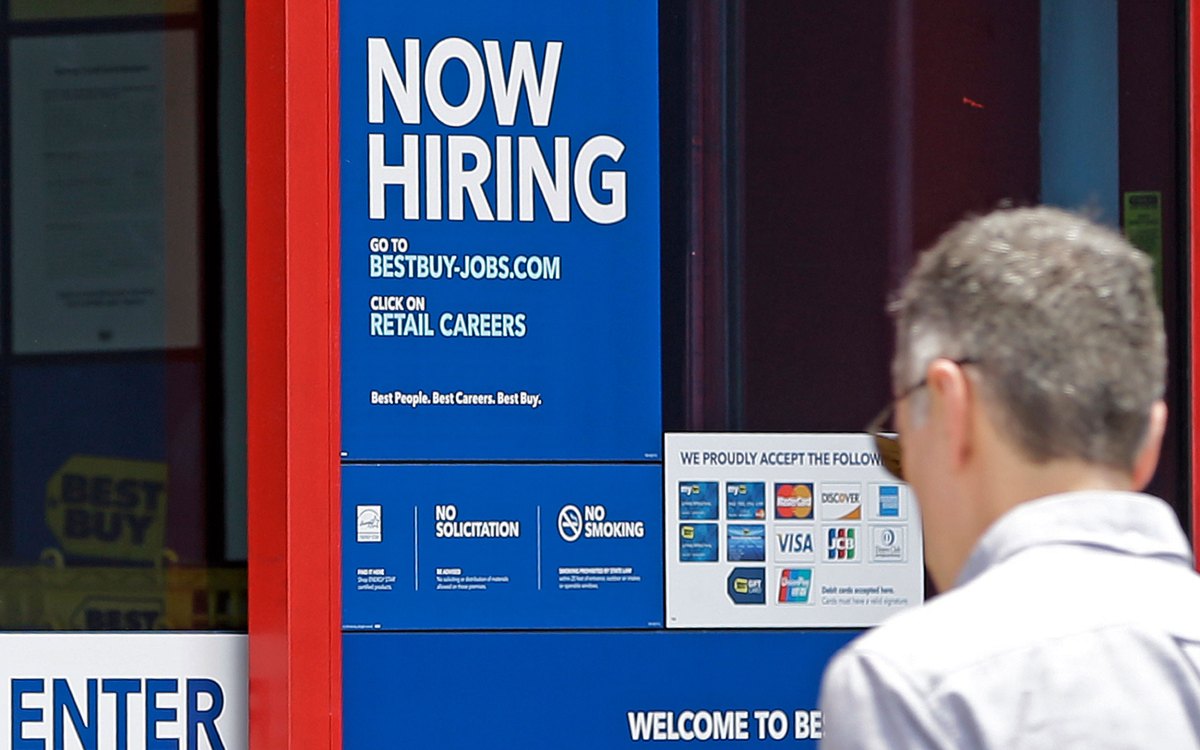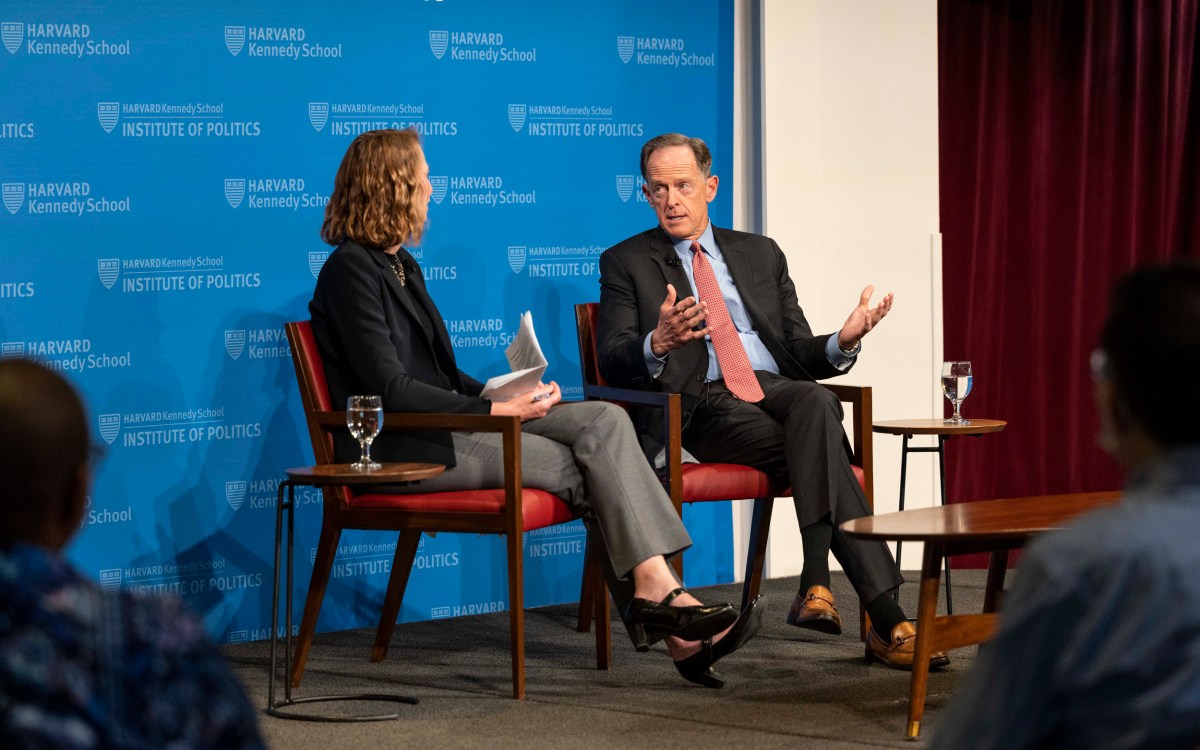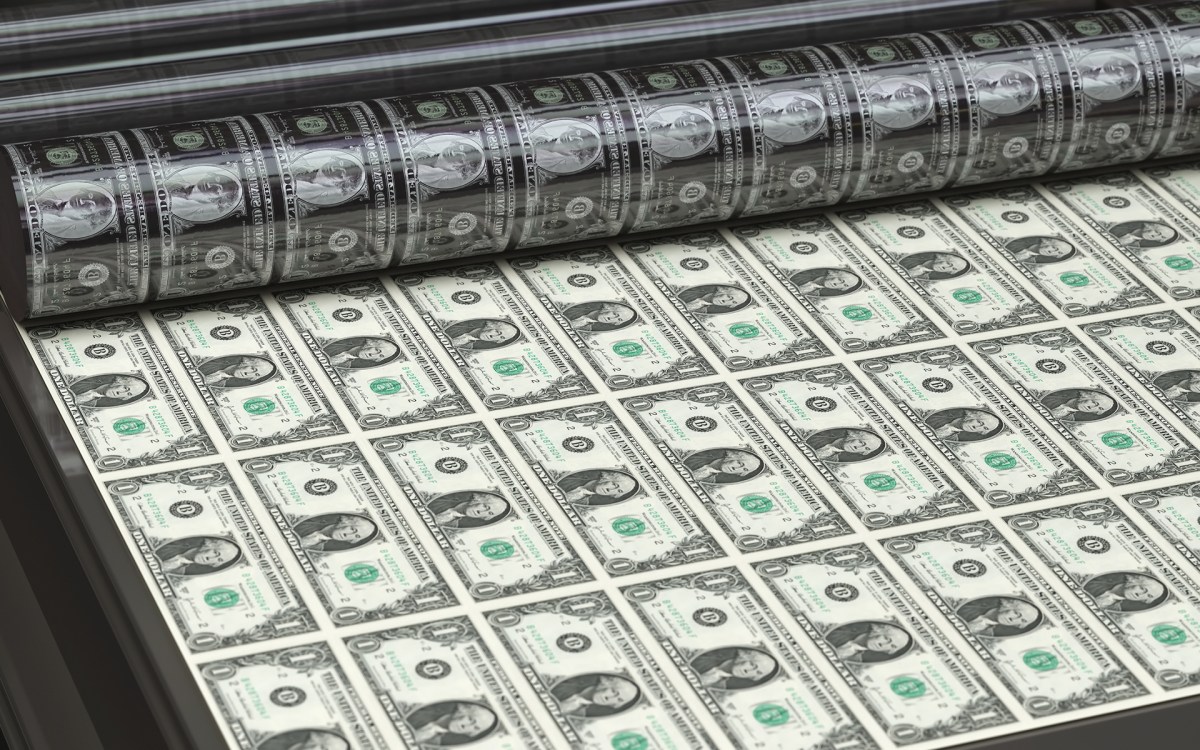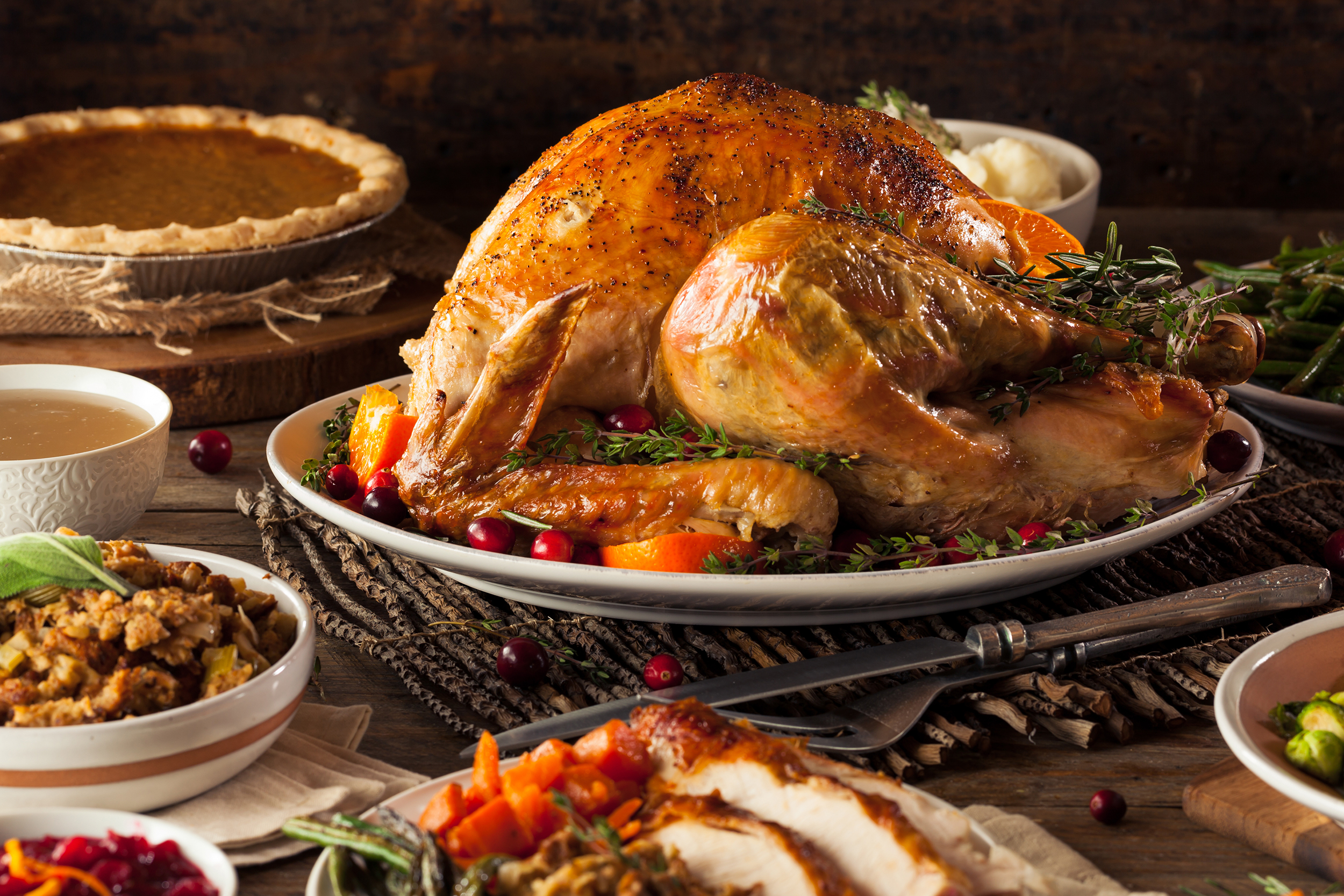
We’ll gather together — even though everything seems so much more expensive
Economists explain why Americans feel inflation, economy are much, much worse than they actually are
Inflation and the economy will be front of mind for many Americans as they fork out more for Thanksgiving groceries than in recent years.
Recent polls show most Americans feel the U.S. economy is in tough shape and getting worse. In one, 76 percent rated economic conditions in the U.S. negatively, while 74 percent said rising food prices were having the greatest impact on their finances, according to a new poll from the Financial Times and the University of Michigan’s Ross School of Business.
This has experts scratching their heads, since most traditional indicators suggest the U.S. economy is on track to a post-pandemic recovery. The latest statistics from the Department of Labor show the overall inflation rate at 3.2 percent in October. While not quite the 2 percent rate the Federal Reserve would like to see, it’s part of a downward trendline since its 9 percent peak in June 2022.
So what exactly is driving this public pessimism?
The Gazette asked economists Karen Dynan, Ph.D. ’92, professor of the practice in Harvard’s Department of Economics and Harvard Kennedy School, and Jason Furman ’92, A.M. ’95, Ph.D. ’04, Aetna Professor of the Practice of Economic Policy at the Kennedy School and the Department of Economics. These interviews were edited for clarity and length.
Q&A
Karen Dynan and Jason Furman
GAZETTE: Consumers are paying a lot more for groceries and eating out since the pandemic. Are higher food prices driving consumers’ negative view of the economy?
FURMAN: I think food is at the epicenter of this distinction between the way economists think about things, which is the rate of inflation, and the way the public thinks about things, which is the level of prices.
On average, food purchased for use at home is 25 percent more expensive than it was in February 2020. Turkey is up 37 percent; eggs are up 43 percent. There are a lot of items that are much more expensive than they were a few years ago.
What the Fed is focused on is what’s happening to food inflation — how much prices increased in the last year. And there, food at home prices over the last year have increased 2.1 percent. The Fed’s goal is 2 percent. So, from their perspective, they’ve done what they’re trying to do with respect to inflation in the food sector.
I think a lot of the public is really bothered by the price level, not by the recent rate of inflation. That’s a little bit of the disconnect: The rate of inflation has come down quite a lot, but the price level has not come down.
DYNAN: A key issue is what economists refer to as “salience,” meaning how much people notice something. The classic example is that gasoline prices seem to have a big influence on people’s answers when they’re asked about inflation. And that’s because gas prices are very salient: If you have a car, you probably fuel up on a regular basis, and you see the price right there on the pump.
The price of food is also very salient. Anyone who’s in the office and ordering lunch at a local salad and sandwich place is seeing it every day. It’s also the case that new technologies mean you are seeing the price more often. When you check out, it comes up on the screen. Sometimes you see it a few times, and then when you pay, and you add a tip, and you see an even higher price. I wonder whether that increases salience.
I should note that we don’t think the much higher prices relative to three years ago mean restaurants are that much more profitable. They had to raise wages a lot because of the worker shortage, and they may have higher costs generally because of pandemic-related protocols.
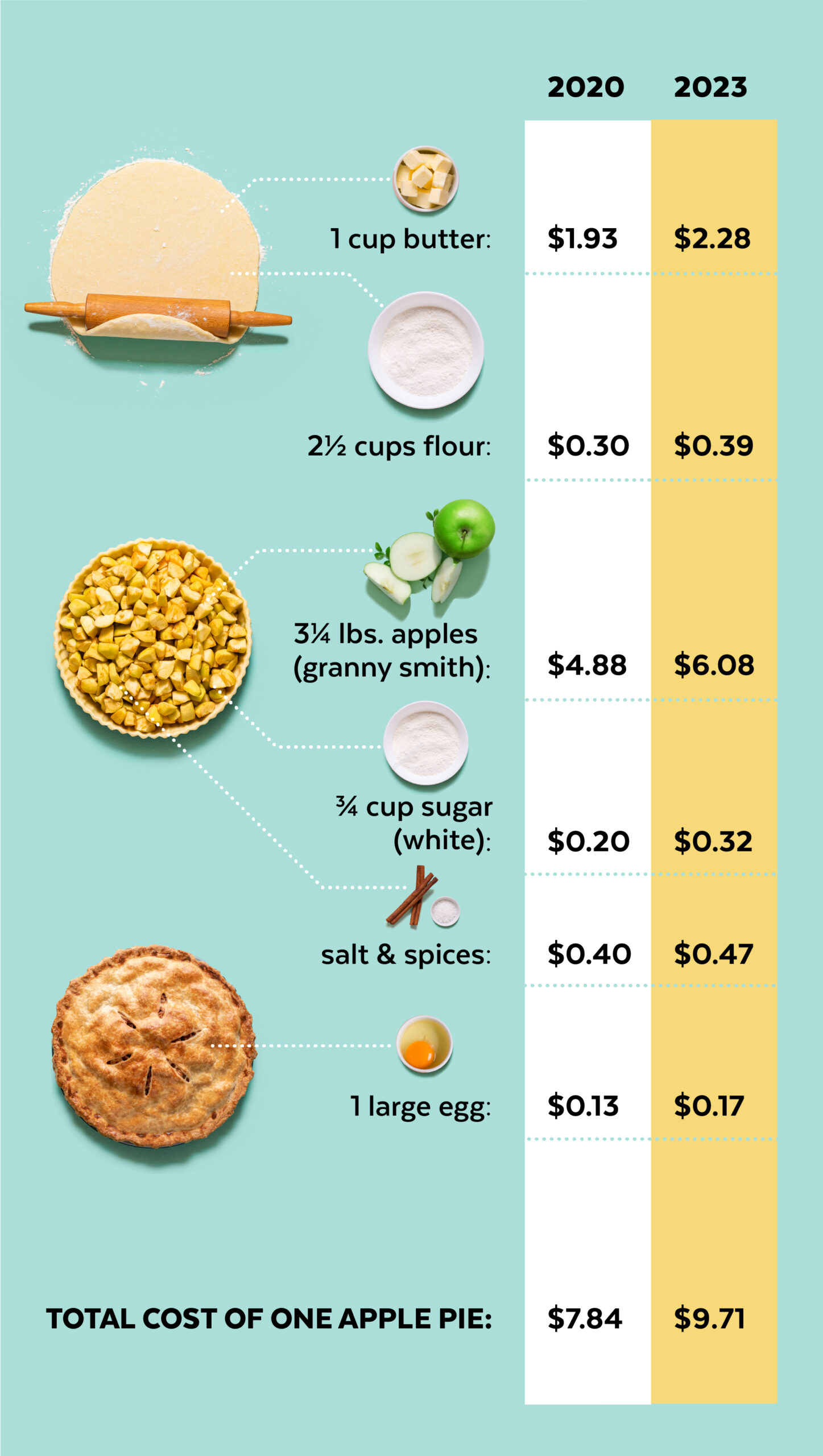
Graphic by Judy Blomquist/Harvard Staff; source: U.S. Bureau of Labor Statistics, Consumer Price Index, U.S. Department of Agriculture, King Arthur recipe for apple pie
GAZETTE: Why do so many people think the economy is in terrible shape? Most economists agree that GDP, unemployment, and wages look solid. And inflation, which is higher than optimal, is trending in a positive direction.
DYNAN: I think it’s probably a couple of things. One thing is that there has been this very sharp increase in interest rates that has resulted from the Fed’s tightening. And many forecasters are looking at that and thinking that these much tighter financial conditions are likely to drive the economy into recession over the coming year.
My personal view is that a recession is not the most likely outcome. But people are hearing a lot of talk from economists suggesting that the odds of a recession starting over the coming year are like 50 percent or higher. And so, people are essentially saying that even though things seem fine now, they’re worried about the future.
The other thing is the inflation story. The government emphasizes inflation measures that capture prices relative to where they were exactly a year ago. But people, in their heads, may be comparing prices to a different benchmark — for example, what they remember prices being around the time the pandemic set in, which they consider to be the last time the economy was normal. So even though the government statistics show year-over-year inflation moving in the right direction, people may be thinking about how much more expensive things are than they were three years ago.
GAZETTE: For decades, food prices climbed on average by 2 percent annually. In 2020, food went up 3.9 percent, 6.3 percent in 2021, and 10.4 percent in 2022. Other sectors that had big price increases because of the pandemic have since seen them start to decline. Food has not. Labor costs are up for every industry — is it fair to blame it entirely on the pandemic?
DYNAN: I think economists are still working out exactly what caused the surge in inflation. A big debate has been over the role of things that affect the supply of consumer goods and services and things that affect the demand for these items. We have a lot of evidence the pandemic created supply-related issues due to factory shutdowns, bottlenecks getting items into the country, and worker shortage. But demand has also been really strong because — between deferring spending and generous government support — people came out of the pandemic with a lot of money to spend. I think we don’t know the answer about the relative roles of these two factors. Probably, it’s a mix.
FURMAN: I think the way to think about it is prices as a whole are up 18 percent. That’s largely because of the amount of fiscal stimulus and expansionary monetary policy. There’s a long list of things. Food is up above and beyond that because of food-specific factors. The biggest increase in food prices is the cereal and grains category — bread, rice, stuff like that. Those commodity prices are up globally.
There has been a shift where people are eating more at home than in restaurants, so this relative spending on food at home has gone up. And so, it’s possible that that persistent change in the pattern of demand is playing a little bit of a role here as well.
GAZETTE: Despite the complaints, the data show consumers are still buying and paying the higher prices. With food being a necessity, is that keeping prices perhaps artificially high?
DYNAN: Economists like to think of this in terms of goods versus services. During the pandemic period, we saw a surge in demand for goods, and people really held off on many high-contact services. The resulting strong demand for goods did drive goods prices up. But since the pandemic, demand has pivoted back toward services because people are making up for the fact that they’d spent a year or two years without traveling, without going to concerts, without going to restaurants. So more recently we’ve seen price increases for services being larger than those for goods.
Another relevant consideration about the prices of goods versus services is that the cost of labor is more important when producing services. If you’re in the restaurant industry, your wage bill is a larger part of your total costs because you use a lot of labor relative to, say, a factory producing iPhones. Wage growth has started to come down, but it’s still elevated. I think that’s helping to keep services prices high.
GAZETTE: The USDA Economic Research Service predicts for 2023 groceries will have gone up 5.1 percent and eating out will be 7.1 percent. For 2024, it expects groceries will go up 1 percent, while eating out will be up 4.4 percent. Will consumers ever see a return to the days when food prices only went up 2 percent every year?
DYNAN: I think it’s a realistic outcome. If you look at inflation expectations broadly — for example, surveys of households about how much they expect inflation to be this year, next year, and so on — people do expect inflation to go back to levels that were nearly as low as what we saw prior to the pandemic. That’s what we would call “anchored inflation expectations.”
The fact that inflation expectations have come back to low levels is meaningful because those expectations (we think) reflect what workers have in mind when they’re going into wage negotiations, hoping to have their wages keep up with broader price trends.
And it’s what firms have in mind when they’re setting prices and trying to stay competitive with other firms. So those low expectations will help draw inflation down back to pre-pandemic norms or at least much closer to pre-pandemic norms.
FURMAN: A year ago, I was in discussions with some really good global food economists who thought there was going to be a major global food crisis, a big increase, driven by Russia-Ukraine being the most important part of it, coupled with a set of droughts and floods and other events around the world. And that didn’t happen. So, we did avert a worse scenario, and things are trending in the right direction. It’s just that the price level is never going to go back down. At some point, people will get used to it. But for a while, it will be pretty irritating.




